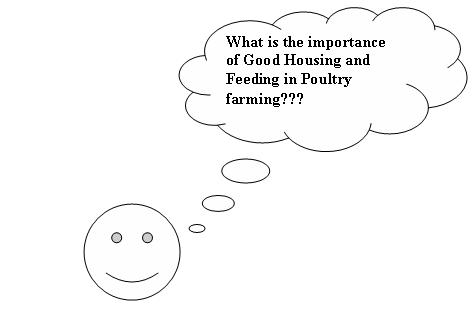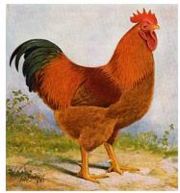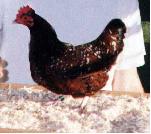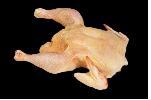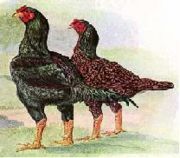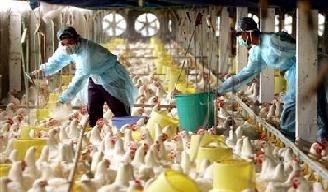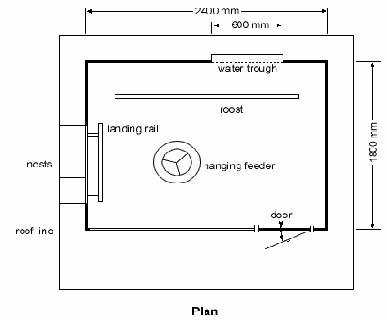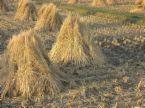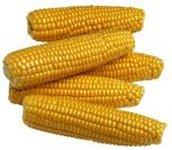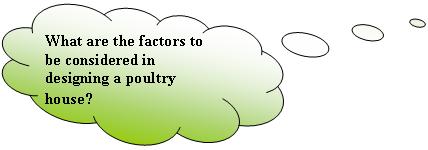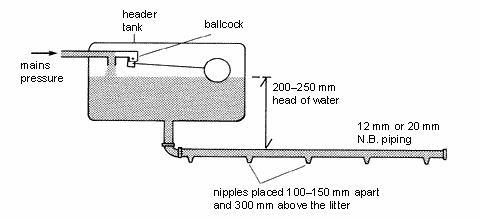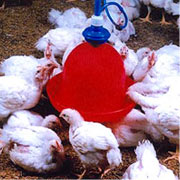Sri Lanka/L3 Farmers/Open University of Sri Lanka/My Sandbox
Contents
- 1 This the digital content developed during the workshop
- 2 Lets listen to the message by clicking the GOVI HAMUWA
- 3 Milk Farming in Rural Community
- 3.1 What are the Common Problems in your Farm?.... /
- 3.2 Now we will introduce the main idea of this project....
- 3.3 First ...we will look at Poultry Housing
- 3.4 Now we will have a small activiy!!
- 3.5 Feeding Chickens
This the digital content developed during the workshop
Lets listen to the message by clicking the GOVI HAMUWA
| |
|---|
<flash>file=Chicken4.swf |width=800|height=260|quality=best| right </flash>
Milk Farming in Rural Community
What are the Common Problems in your Farm?.... /
Q 1 - I have some good paultry strains, but they are not healthy!! Could you please give me an advise.
A 1 - Yes! It can be due to the way you feed the paultry and the way you have maintained the paultry shed.
If you want to know more about this, please click the following link.
Now we will introduce the main idea of this project....
Yes, We breed Modern strains of poultry, specialy for high egg production and meat.
These breeds cannot withstand unfavorable conditions...
Thus good housing and complete feeds are importantto ensure maximum production in poultry farming
Poultry of all types require housing that will protect them from the wind and rain, and from the effects of rapid changes in temperature. The house should be dry at all times and provide good ventilation coupled with freedom from draughts. All poultry brides' feeds are referred to as "Complete" feeds'. They are designed to contain all the protein, energy, vitamin, mineral, and other nutrients necessary for proper bird growth, egg production and health. This session discuss how to optimize housing conditions and feeds to gain their maximum production.'
Lets look at some important Poultry Breeds!
We can divide the breeds on our requirement...
They are...

Egg Producing Chickens are called as Layers
Egg and Meat type (Duel purpose)
Meat Producing chickens are called as Broilers
They areFirst ...we will look at Poultry Housing
Houses for various poultry production enterprises may differ greatly in size, appearance, and arrangement of facilities. However, they also have some similar requirements. A good location, with a good water source and a well-insulated building, equipped with proper ventilation, heating, lighting, feeding and watering system are important in all types of poultry housing.
Knowledge of poultry production cycle Table 1.1 is important in designing a poultry house.
Table 1.1 gives the idea about Poultry Production Cycles
What will a poultry shed look like...
| What are the specific features in a good housing system?
|
Ideally the shed should be sited with the front facing north, with the nest boxes positioned on the cooler eastern or southern walls. Sheds can be made out of a variety of materials such as wood and metal. The following diagrams show the layout of a small poultry shed. Figure 1.1
Figure 1.1
The shed layout illustrated is suitable for 12 laying hens, or 24 pullets housed to 12 weeks of age, or 30 meat chickens housed to 10 weeks. The design of the shed is not elaborate but it provides all the features and equipment necessary for the birds’ comfort during the year, even if they are kept inside all the time. During hot days it may be necessary to cover the wire mesh front of the pen. A good investment is the use of insulation to line the underside of the roof to prevent heat from radiating down and stressing the birds.
What can we do in hot climate?
On very hot days (over 35°C) a garden sprinkler can be used on the roof of the shed.
How about the Floors in a poultry shed....
Concrete floors are dry if properly constructed and not cold when properly bedded with litter. Slat floor is popular in highly intensive systems, as its installation cost is very high. The slat portion is raised high enough above a sub floor to provide a pit for the accumulation of manure. Such pits are often equipped with mechanical scrapers for periodic removal of manure.
More information can be obtained at this link [Poultry Site]
Litter Management
The following can be used as different litter materials, depending largely on what is locally available.
Two types of litter management systems in a poultry house. The build up litter system and the deep litter system
Predators - Mice and rats
Mice and rats can thrive around poultry sheds
Precautions that can be taken...
- The floors should be made of concrete and the walls and doors should be free from large cracks and holes. Where wooden frames are used, the lower sections should be covered with sheet iron, which should be extended 450 mm into the ground in the absence of concrete floors. Drain outlets should be sheathed in iron or concrete.
- The sheds should be bird-proofed with wire netting or mesh; 10 mm × 20 mm wire mesh will exclude small wild birds like sparrows
Now we will have a small activiy!!
Equipments
Drinking systems An automatic water trough or drinking nipple system placed inside or preferably outside the shed will save labour and provide a constant supply of fresh water. It is important to provide shade in the summer to keep the water cool. A low-pressure drinking system is ideal for adult birds. The water flows through the nipples only when they are touched or pecked. Poultry quickly learn how to operate the system. Drinking nipples are more hygienic and use less water than open troughs. Figure 1.2
An automatic circular hanging drinker can also be hung inside the shed. Figure 1.3. This type of drinker is easy to maintain, and if correctly adjusted will not leak. If leaks are a problem, a wire mesh platform 400 mm × 400 mm placed under the drinker will prevent the birds from reaching the wet litter.A hanging waterer is an alternative to drinking nipples and is more suited to all age groups of birds.
Feeders
One hanging ‘tube’ feeder (Figure 1.4) with a pan 400 mm in diameter will provide about 1200 mm of feeding space, enough for 15 hens.
If hanging drinkers and feeders are used they should be adjusted for height so that the base of the pan is level with the birds’ backs. This will minimize water spillage and feed wastage. If young birds are placed in the pen the height will have to be adjusted as they grow.
Information on - Nest boxes
Feeding Chickens
Feeds are formulated and manufactured for chickens to meet their nutritional needs at specific ages and production characteristics.
For example, starter feeds are fed to chicks from hatch to a few weeks of age. Grower and developer feeds are fed to growing chickens, while layer or breeder feeds are fed to chickens that are producing eggs.
The ingredients in these different types of feeds are similar; however, the proportions vary to provide the proper level of nutrition for the particular birds being fed.
It is important to feed egg producing chickens the appropriate feed from hatch through their productive years to maximize their productivity. Feeding improperly at any stage can result in poor egg production.
All chickens' requirements for protein, carbohydrates, fats, fiber, vitamins, and minerals are similar
Different types of feeds are there on their growth stage
What are they??
Starter feeds
Developer feeds (11 to 18 weeks of age)
Layer and breeder feeds
Medicated feeds
Scratch (grains)
Table scraps and greens
* Poultry feed rations are designed to furnish the nutrients needed by poultry to grow and lay eggs}}

